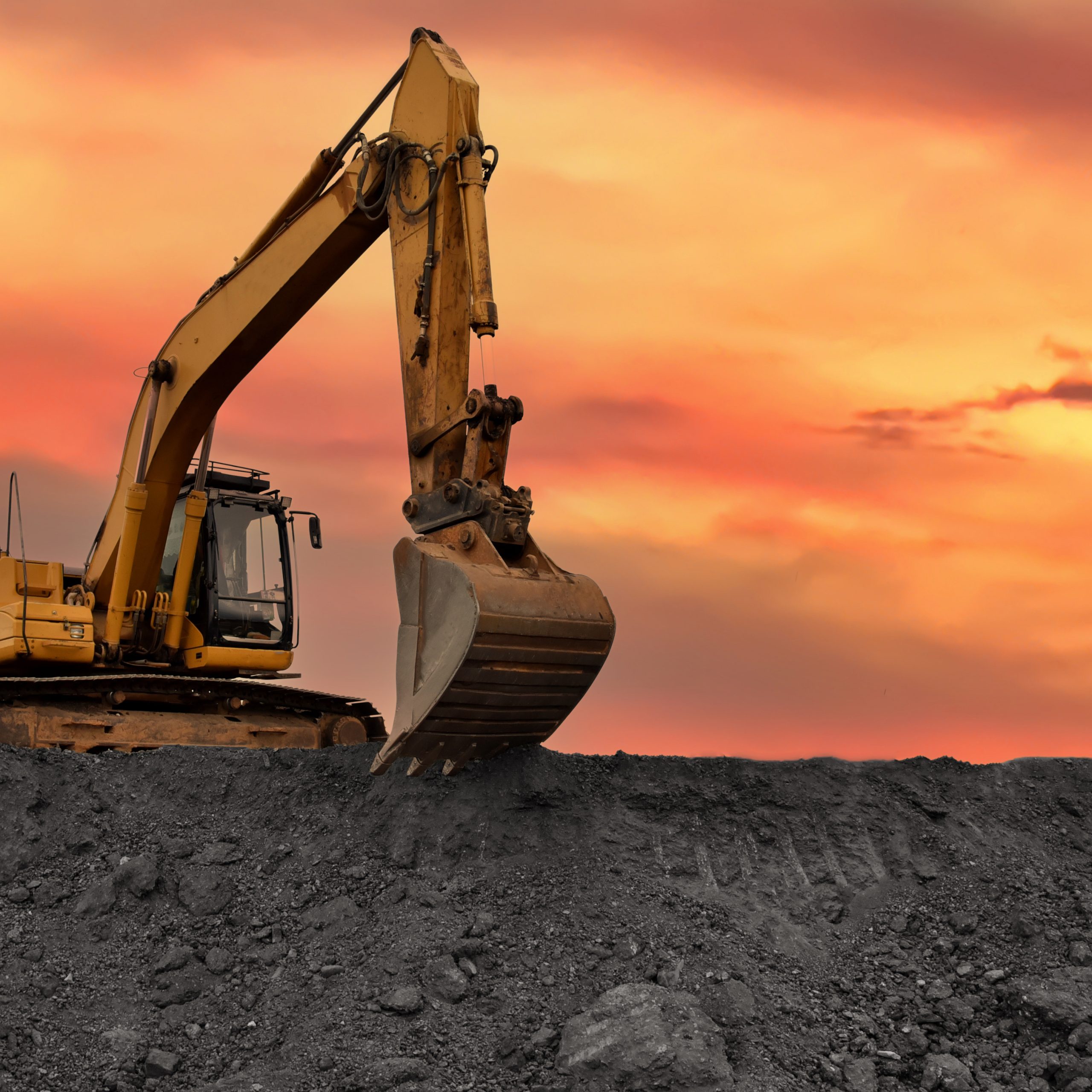US$1.24 billion Ghorashal-Palash urea plant in Bangladesh may launch ahead of schedule

Bangladesh is on the brink of a significant transformation in its fertilizer sector with the recent inauguration by Prime Minister Sheikh Hasina of the Ghorashal-Palash Urea Fertilizer Factory (GPUFF) that took place on Sunday, Nov 12, 2023. Located in Narsingdi district, south of Dhaka, this modern facility represents a major technological and capacity advancement. The official opening, scheduled for November 12, is expected to be led by Prime Minister Hasina Wajid.
GUFF, the largest of its kind in Bangladesh, will produce 0.924 million metric tonnes of granular urea annually. This project is a joint venture between Japan’s Mitsubishi Heavy Industries (MHI) Group and China’s consortium (CC-7), constructed at an estimated Tk 104.61 billion (US$ 1.245 billion). Funding for this massive undertaking was secured through loans from Japan Bank under Japan Bank for International Cooperation (JBIC), Mitsubishi UFJ Financial Group (MUFG), and the Hong Kong and Shanghai Banking Corporation Limited. The Bangladeshi government contributed Tk 18.44 billion ($219.55 million) from its exchequer.
The project was completed two months ahead of its December 2023 deadline, a testament to the efficiency and expertise of the involved parties. The plant is currently in its test-production phase, gearing up for full-scale operations. This development marks a strategic shift for Bangladesh Chemical Industries Corporation (BCIC), which aimed to replace the existing Urea Fertilizer Factory Limited and Polash Urea Fertilize with this new, more efficient plant. The GUFF boasts a daily production capacity of 1600 metric tonnes of Ammonia and 2800 metric tonnes of granular urea.
In terms of technology, BCIC has selected state-of-the-art systems for various plant components. These include Haldor Topsoe A/S (HTAS), Denmark for the Ammonia Plant, SAIPEM S.p.A., Italy for the Urea Melt Plant, thyssenkrupp Fertilizer Technology GmbH (TKFT), Germany for the Granulation Plant, and Mitsubishi Heavy Industries, Ltd (MHI), Japan for CO2 Recovery from the Primary Reformer. The urea produced will be transported via an enclosed conveyor belt system to a jetty for distribution across the country, utilizing waterways, railways, and roadways.
The significance of this plant extends beyond its technological marvels. Bangladesh’s current urea production meets only about 31% of its total demand, with the rest being imported. The existing six urea fertilizer factories under BCIC have an installed capacity of approximately 2.80 million metric tonnes. However, challenges such as gas shortages, aging infrastructure, and increased maintenance needs have hindered their output, currently standing at just 0.76 million metric tonnes annually against a demand of 2.44 million metric tonnes. The GUFF is poised to significantly alleviate this deficit, marking a turning point in Bangladesh’s quest for self-sufficiency in fertilizer production.



